Neural Engineering & Neurorehabilitation
The Neural Engineering and Neurorehabilitation research groups in the MU-MCW Department of Biomedical Engineering use a variety of engineering tools—including imaging, signal processing, and computational modeling—to analyze neurological function and design engineering solutions for problems associated with neural pathologies, disabilities, limitations and dysfunction.
- Neural Engineering
- Neurorehabilitation
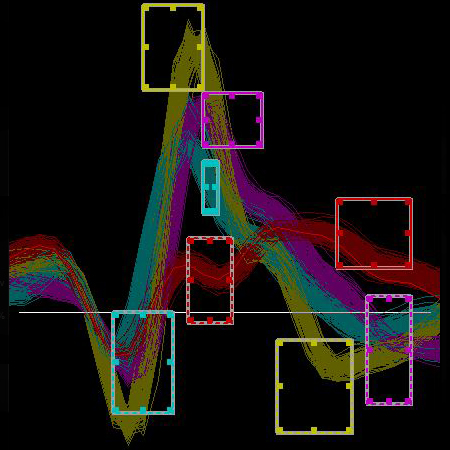 The Neural Engineering research groups in the MU-MCW Department of Biomedical Engineering utilize engineering principles and approaches to interface with the central and peripheral nervous systems; record and modulate their activity; and image their structure, function, and health. These tools are used to help researchers and physicians gain a better understanding of neuroscience, as well as to better diagnose and treat a wide array of neurological injuries and diseases. The department’s efforts in neural engineering can be categorized as neuromodulation and neural prosthetics, non-invasive functional imaging of the eye and visual brain, and neurobiological investigation of attention and perception.
The Neural Engineering research groups in the MU-MCW Department of Biomedical Engineering utilize engineering principles and approaches to interface with the central and peripheral nervous systems; record and modulate their activity; and image their structure, function, and health. These tools are used to help researchers and physicians gain a better understanding of neuroscience, as well as to better diagnose and treat a wide array of neurological injuries and diseases. The department’s efforts in neural engineering can be categorized as neuromodulation and neural prosthetics, non-invasive functional imaging of the eye and visual brain, and neurobiological investigation of attention and perception.
 The Neurorehabilitation Engineering groups at the MU-MCW Department of Biomedical Engineering study aspects of neuroscience and neuromuscular control as they relate to normal function and the treatment of pathologies such as stroke, cancer, spinal cord injury, cerebral palsy, and multiple sclerosis. These research laboratories seek to advance new knowledge in the field of Neuronal and Neuromotor Control and apply that knowledge to advance therapeutic options after neuromotor injury or neuronal and brain injury caused chemotherapeutic agents. Their efforts include investigations into neuromotor control, spinal cord injury, stroke, cancer and multiple sclerosis.
The Neurorehabilitation Engineering groups at the MU-MCW Department of Biomedical Engineering study aspects of neuroscience and neuromuscular control as they relate to normal function and the treatment of pathologies such as stroke, cancer, spinal cord injury, cerebral palsy, and multiple sclerosis. These research laboratories seek to advance new knowledge in the field of Neuronal and Neuromotor Control and apply that knowledge to advance therapeutic options after neuromotor injury or neuronal and brain injury caused chemotherapeutic agents. Their efforts include investigations into neuromotor control, spinal cord injury, stroke, cancer and multiple sclerosis.
Neural Engineering & Neurorehabilitation Laboratories
 Integrative Neural Engineering Rehabilitation Laboratory
Integrative Neural Engineering Rehabilitation Laboratory
Neurorehabilitation research in the Integrative Neural Engineering Rehabilitation Laboratory combines human behavioral studies with multimodal brain imaging and computational modeling to investigate the brain networks that control visually guided movement and determine how neurological injury and disease such as spinal cord injury and multiple sclerosis impact brain structure and function.
Learn more about INERL | Learn more about Dr. Schmit
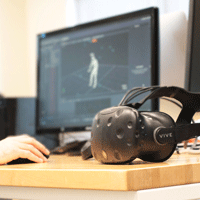 Integrative Neural Systems Laboratory
Integrative Neural Systems Laboratory
Neural Engineering and Neurorehabilitation research at the Integrative Neural Systems Laboratory combines human behavioral studies with multimodal brain imaging and computational modeling to investigate the brain networks that control visually guided movement and determine how neurological diseases impact brain structure and function.
Learn more about the INSL | Learn more about Dr. Beardsley
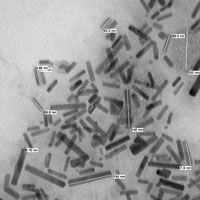 Nanomedicine & Image-Guided Interventions Laboratory
Nanomedicine & Image-Guided Interventions Laboratory
Neurorehabilitation research at the Nanomedicine and Image-Guided Interventions Laboratory includes collaborations with other MU-MCW BME Laboratories that seek new applications for a novel brain imaging technique. Developed by NIGIL, this novel brain imaging technique visualizes microvascular leaks in living rodent models of cerebrovascular disease.
Learn more about NIGIL | Learn more about Dr. Joshi
 Neural Engineering & Modulation Laboratory
Neural Engineering & Modulation Laboratory
Neural Engineering and Neurorehabilitation research in the Neural Engineering & Modulation Laboratory employs a combination of neurophysiology, optogenetics, viral gene therapy, and optical imaging techniques to develop neuroprosthetic and gene therapy approaches to alleviate motor deficits caused by conditions such as spinal cord injury or ALS.
Learn more about the NEMo Lab | Learn more about Dr. Williams
 NeuroMotor Control Laboratory
NeuroMotor Control Laboratory
Neural Engineering and Neurorehabilitation research at the NeuroMotor Control Laboratory seeks to gain a better understanding of how the brain uses sensory information to optimize the control of motion of the arms and hands, working to provide the knowledge and tools needed to develop individualized training or therapeutic interventions that optimize motor performance throughout the lifespan.
Learn more about the NMCL | Learn more about Dr. Scheidt
 Ocular & Computer Vision Laboratory
Ocular & Computer Vision Laboratory
Neural engineering research at the Ocular and Computer Vision Laboratory used advanced, state-of-the-art, non-invasive imaging technology to perform functional assessments of the retina, seeking to understand the underpinnings of vision in health and disease.
Learn more about the OCVL | Learn more about Dr. Cooper
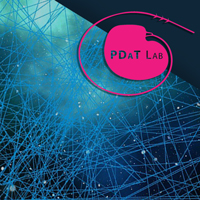 Pelvic Diagnostic & Therapeutics Laboratory
Pelvic Diagnostic & Therapeutics Laboratory
Dr. Jim Hokanson and the Pelvic Diagnostics & Therapeutics Laboratory (PDAT) use electrical stimulation and recording of peripheral nerves to treat and diagnose pelvic floor diseases such as urinary incontinence.
Learn more about PDaT Lab | Learn more about Dr. Hokanson
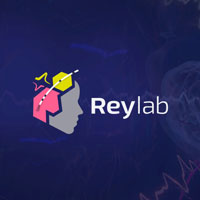 Rey Laboratory
Rey Laboratory
ReyLab employs multiscale neurologic recording methodologies to observe neural impulses in the human brain. Utilizing novel microwire technology and taking advantage of the clinical practices of Froedtert Hospital’s Epilepsy Monitoring Unit, ReyLab looks to improve understanding of human episodic memory while advancing clinical options for individuals suffering from epilepsy.
Learn more about ReyLab | Learn more about Dr. Rey
 Sensory, Neuroscience, Attention & Perception Laboratory
Sensory, Neuroscience, Attention & Perception Laboratory
Neural engineering and neurorehabilitation research at the Sensory, Neuroscience, Attention and Perception Laboratory use neuroimaging methods to study the neurobiology of attention and perception in the visual, auditory, and olfactory domains to understand perception’s effect on human behavior.
Learn more about the SNAP Lab | Learn more about Dr. Greenberg
Looking for something else?
Filter Research Themes by Research Track, or view our list of active Laboratories.

